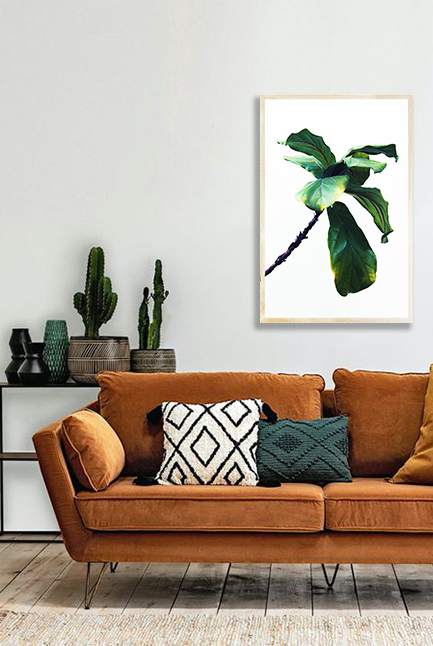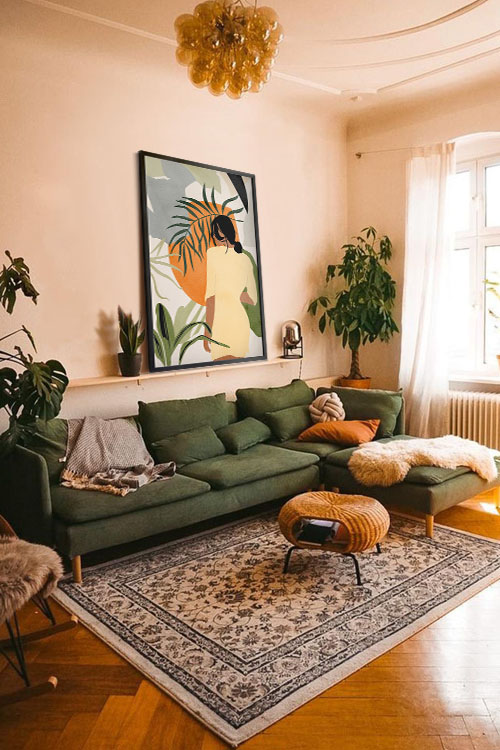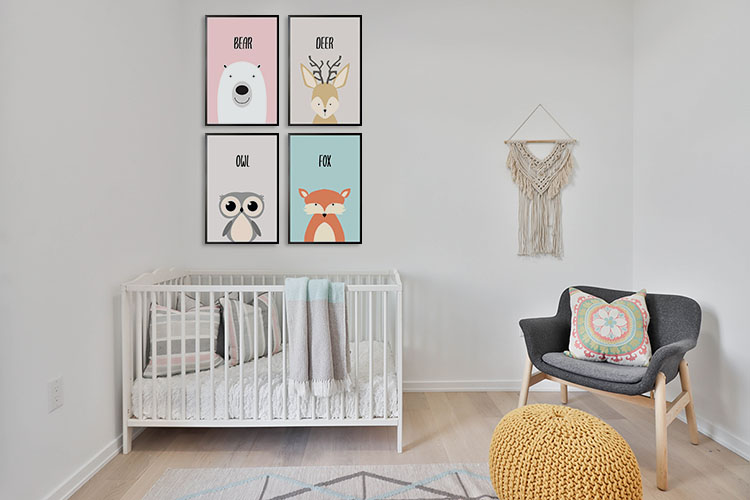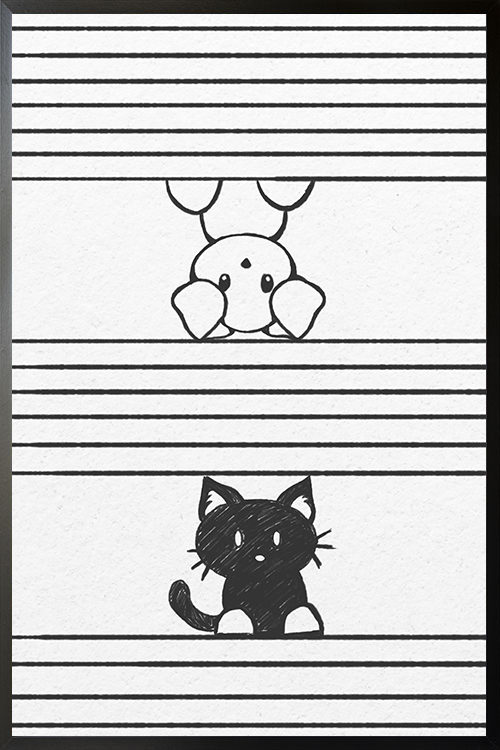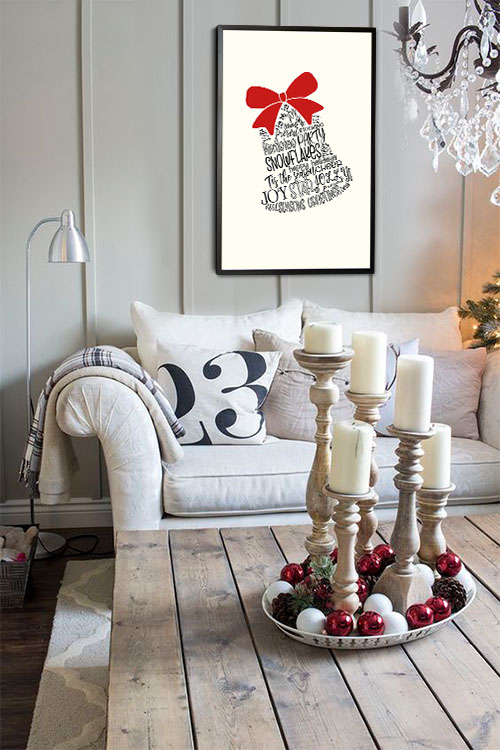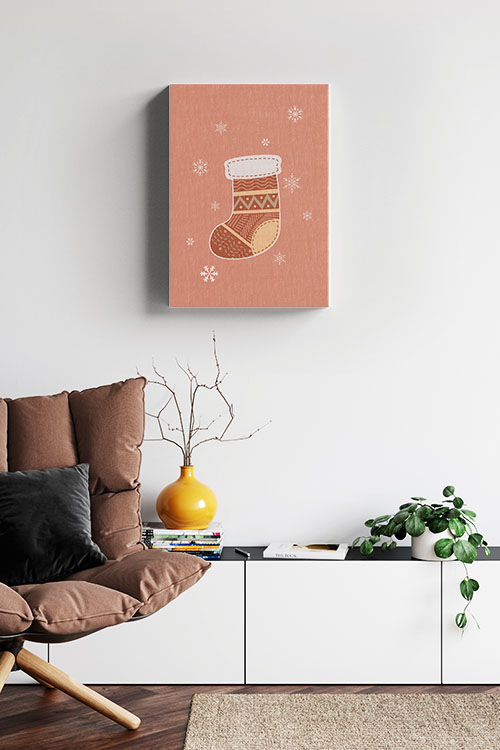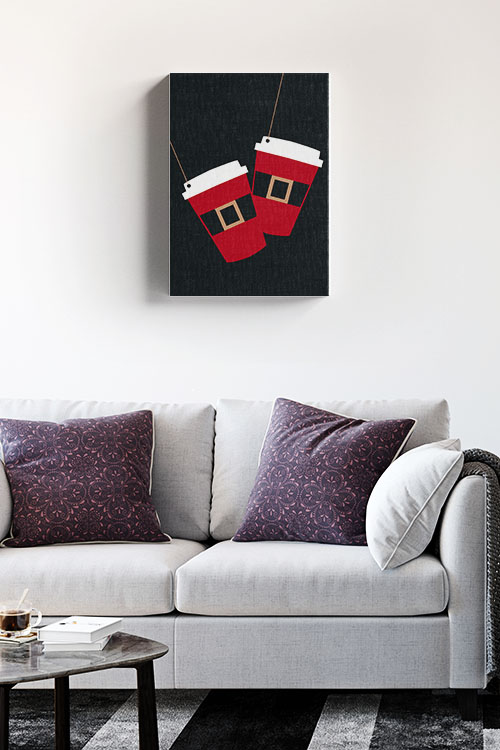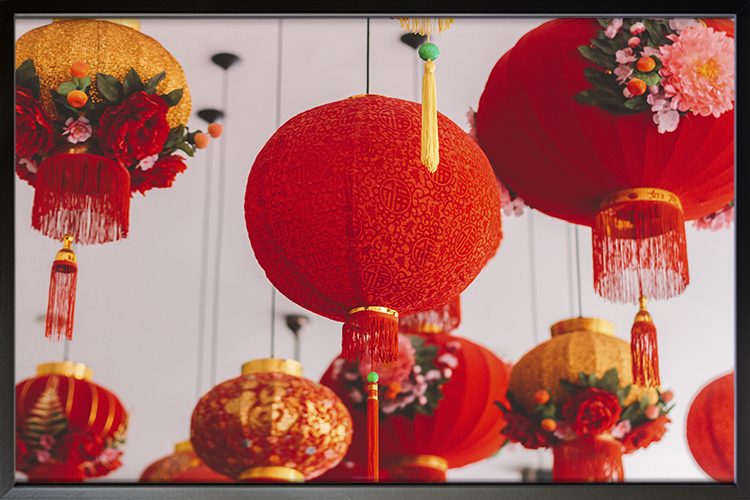
Feng shui, an ancient Chinese practice, emphasizes harmoniously arranging living spaces to enhance energy, or “chi,” promoting health, prosperity, and well-being. By thoughtfully organizing furniture, decor, and structural elements, individuals can create an environment that fosters positive energy and a sense of balance. Here are some Feng Shui tips to cultivate positivity and harmony in your space.
Clear the Clutter
One of the foundational principles of feng shui is decluttering your home. A clutter-free environment allows chi to flow freely, creating a sense of calm and focus. Begin by organizing your space, discarding items you no longer need, and keeping surfaces tidy. Reducing clutter eliminates stagnant energy, allowing fresh, vibrant energy to enter your life. Think of a river flowing freely without any obstacles.
Enhance Natural Light
Light is a powerful source of positive energy. Maximize natural light by opening curtains, cleaning windows, and using mirrors to reflect sunlight into darker areas. If natural light is limited, supplement with warm, soft lighting to create a cozy and inviting atmosphere. Balanced lighting brightens your space and your mood and energy levels.
Furniture Placement
Furniture arrangement plays a critical role in Feng Shui. Avoid placing furniture directly in pathways, as this obstructs energy flow. For example, position your bed so it faces the door but is not directly in line with it, known as the “commanding position.” This orientation promotes a sense of safety and control. In living areas, arrange seating to encourage conversations and connection.
Incorporate Natural Elements
Incorporate the five Feng Shui elements—wood, fire, earth, metal, and water—into your decor to achieve balance. For instance, use wooden furniture or plants to represent wood, candles or warm colors to represent fire, and water features like aquariums or fountains to represent water. These elements harmonize your space and reflect nature’s soothing qualities. Not to mention the natural beauty they emit to the entire room.
Use Colors Thoughtfully
In Feng Shui, colors significantly affect energy and mood. Soft blues and greens promote relaxation, while vibrant reds and oranges can energize a room. Choose colors that align with each space’s purpose. For example, calming hues work well in bedrooms, while lively tones are ideal for communal areas like the living room.
Mind the Entrance
The entrance to your home, often called the “mouth of chi,” is crucial in Feng Shui. Keep the area clean, well-lit, and inviting to attract positive energy. Add a welcoming doormat, potted plants, or a vibrant door color to enhance its appeal. Avoid placing shoes or clutter near the entrance, as this can block energy flow.
Balance Yin and Yang
Feng Shui emphasizes balancing yin (passive) and yang (active) energies. Soft fabrics, gentle lighting, and soothing colors bring yin energy, which is ideal for bedrooms and relaxation areas. In contrast, dynamic patterns, bright lights, and bold accents enhance yang energy, which is suitable for social workspaces and regions.
Introduce Plants
Plants symbolize growth and vitality in Feng Shui. Select lush, healthy plants like bamboo, jade, or peace lilies to enhance air quality and positive energy. Avoid thorny or spiky plants, which can create sharp, negative energy. Place plants thoughtfully to maintain balance and ensure they receive adequate care.
Incorporating these Feng Shui tips into your living space can transform it into a sanctuary of positive energy and harmony. Creating an environment that supports well-being and balance can nurture a sense of peace and abundance in your everyday life.
